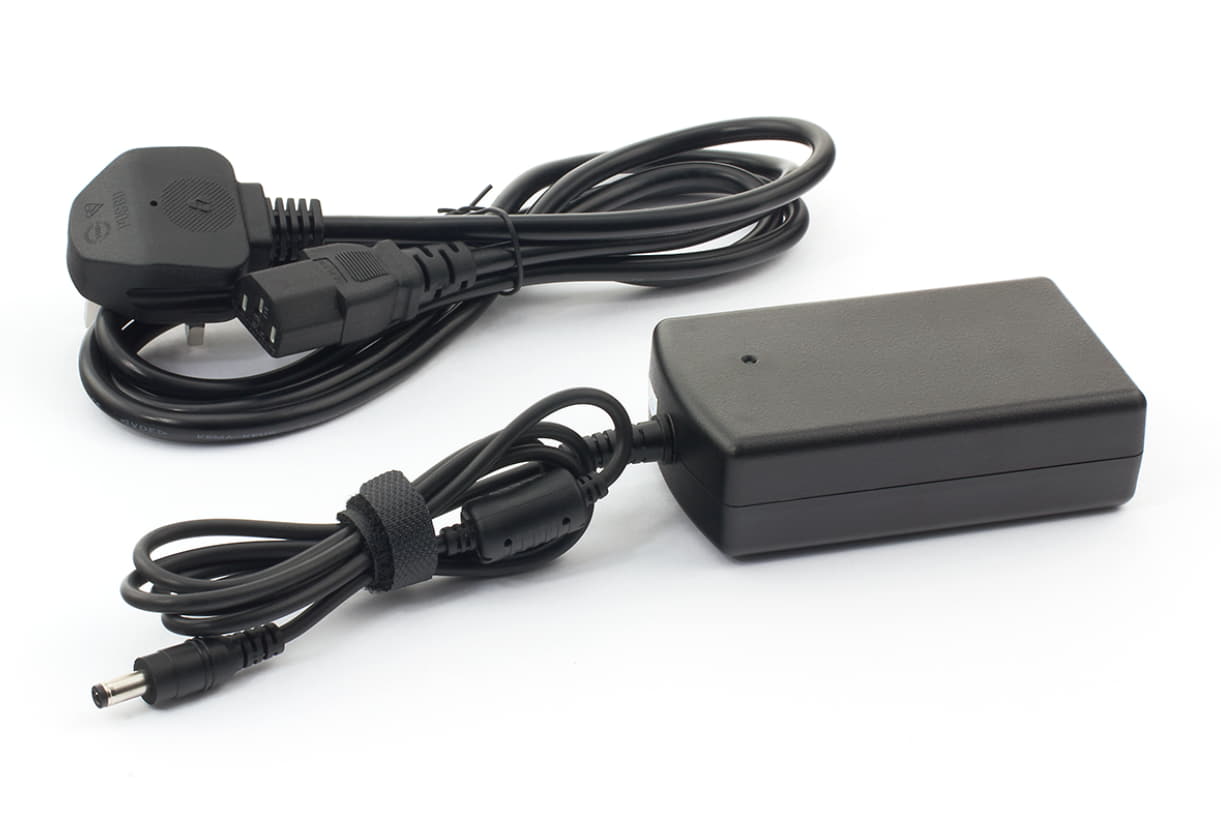240-Volt vs. 120-Volt: Understanding the Differences and Making Informed Choices
When it comes to electrical power, understanding the differences between 240-volt and 120-volt systems is crucial for making informed choices. Both voltages are commonly found in residential and commercial settings, but they serve different purposes and have distinct advantages. In this article, we will explore the disparities between 240-volt and 120-volt power, their applications, and factors to consider when choosing between the two.
What is Voltage?
Voltage is a measure of the electrical potential difference between two points in an electrical circuit. It represents the force or pressure that drives electric current through wires and devices. In the United States, the standard voltage levels for residential buildings are 240-volt and 120-volt systems.
Understanding 240-Volt Power
240-volt power refers to a higher voltage system commonly used for heavy-duty appliances and equipment. It is commonly found in electric stoves, water heaters, air conditioners, and other power-hungry devices. The higher voltage allows for more power to be transmitted with less current, resulting in lower energy losses and efficient operation.
Advantages of 240-Volt Power
The use of 240-volt power offers several advantages:
- Higher Power Capacity: The increased voltage allows for higher power capacity, making it suitable for high-demand appliances.
- Energy Efficiency: Due to lower current requirements, 240-volt systems experience reduced energy losses, leading to increased efficiency.
- Faster Heating or Cooling: Appliances like electric stoves or air conditioners that operate on 240-volt power can reach desired temperatures faster.
Common Applications of 240-Volt Power
240-volt power is commonly used for the following applications:
- Electric Stoves and Ovens: Cooking appliances that require high power for efficient cooking.
- Electric Water Heaters: Providing hot water for households.
- Air Conditioners: Cooling larger spaces effectively.
- Electric Vehicle (EV) Chargers: Charging electric cars at a faster rate.
Understanding 120-Volt Power
120-volt power is the standard voltage level for most residential outlets and general-purpose electrical devices. It is commonly used for lighting, small appliances, electronics, and other everyday electrical needs.
Advantages of 120-Volt Power
120-volt power offers the following advantages:
- Wide Availability: Standard outlets in residential buildings are designed for 120-volt power, making it widely accessible.
- Lower Installation Cost: Compared to 240-volt systems, installing 120-volt circuits is generally more cost-effective.
- Compatibility with Common Appliances: Many household appliances and devices are designed to operate on 120-volt power.
Common Applications of 120-Volt Power
120-volt power is used in various applications, including:
- Lighting: Providing illumination in homes and offices.
- Small Appliances: Devices like toasters, blenders, and coffee makers.
- Electronics: TVs, computers, audio systems, and other consumer electronics.
- Power Tools: Handheld tools used for DIY projects or professional applications.
Key Differences between 240-Volt and 120-Volt
Understanding the key differences between 240-volt and 120-volt power systems is essential for making informed decisions.
Voltage Level
The primary difference between the two systems is the voltage level. A 240-volt system operates at twice the voltage of a 120-volt system, providing a higher potential difference.
Power Capacity
240-volt power systems can deliver more power compared to 120-volt systems due to the higher voltage. This makes them suitable for appliances that require more energy to operate efficiently.
Appliance Compatibility
Certain appliances and devices are designed specifically for either 240-volt or 120-volt power. It is crucial to ensure that the voltage requirements of your appliances match the power supply available.
Factors to Consider when Choosing between 240-Volt and 120-Volt
When deciding between 240-volt and 120-volt power systems, several factors should be taken into account:
Energy Efficiency
240-volt systems offer higher energy efficiency due to lower energy losses during transmission. However, if the majority of your appliances are designed for 120-volt power, the energy savings might not outweigh the cost of upgrading.
Appliance Requirements
Consider the voltage requirements of the appliances you intend to use. Some devices, such as electric stoves or EV chargers, require 240-volt power to function properly. Ensure compatibility before making a choice.
Cost Considerations
Installing a 240-volt circuit might require additional electrical work and hardware, which can increase the installation cost. Evaluate the expenses involved and determine if the benefits of a 240-volt system outweigh the initial investment.
Conclusion
Understanding the differences between 240-volt and 120-volt power systems empowers individuals to make informed choices when it comes to electrical installations and appliance purchases. By considering factors such as energy efficiency, appliance requirements, and cost considerations, individuals can select the appropriate voltage system that aligns with their needs and preferences.
